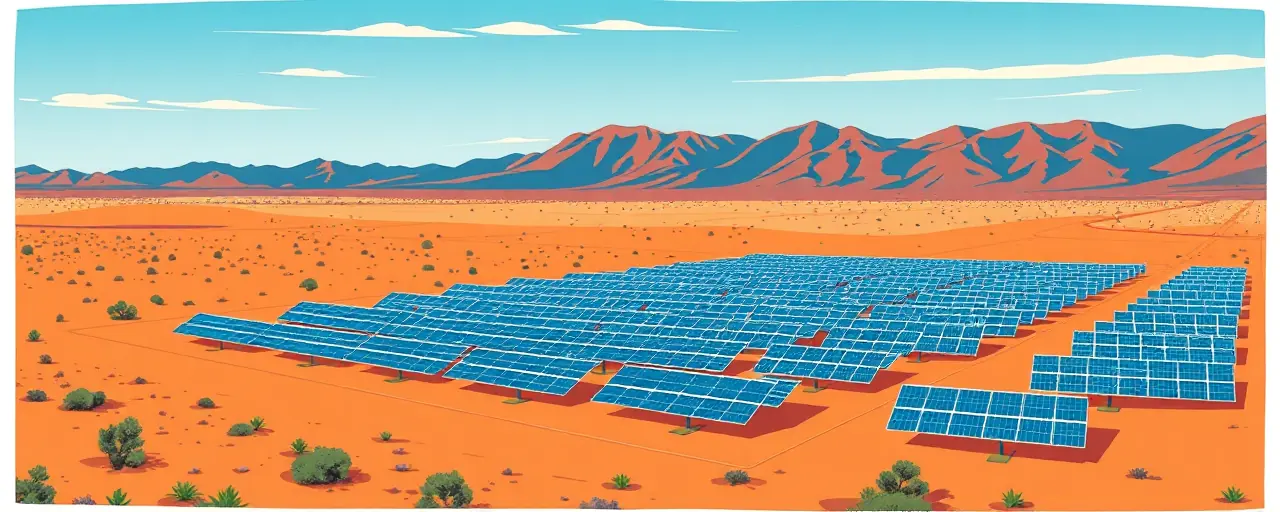A Clash Over Climate Ambitions
California finds itself at the center of a brewing storm. On April 9, 2025, Governor Gavin Newsom fired back at a new executive order from President Donald Trump, one that aims to roll back state-level climate policies. The directive, dubbed 'Protecting American Energy from State Overreach,' seeks to halt regulations like California’s cap-and-trade program, a cornerstone of its emissions reduction strategy. Newsom didn’t mince words, framing the order as a direct threat to the state’s vision for a cleaner future.
This isn’t just a war of words, it’s a collision of priorities. Trump’s administration argues these state rules choke energy production and national security, leaning hard into fossil fuel interests. California, meanwhile, points to its track record: slashing greenhouse gas emissions while growing its economy. The tension underscores a deeper question, one that’s rippling across the U.S.: can states carve their own path on climate, or will federal power redraw the map?
California’s Green Record Under Scrutiny
The state’s been flexing its clean energy muscles for years. Last year, California ran on 100% clean electricity for the equivalent of 45 days, a feat powered by solar, wind, and a massive leap in battery storage, now topping 13,000 megawatts. That’s a staggering 1,600% jump since Newsom took office. Emissions have dropped 20% since 2000, even as the state’s GDP ballooned by 78% in the same stretch. It’s a stat line that state leaders wave like a victory flag.
But the picture’s not all rosy. The power grid’s creaking under the weight of electrification, with demand expected to climb 76% by 2045. Solar and wind don’t always play nice with reliability, leaving gaps that batteries and backups have to fill. Advocates for disadvantaged communities also press for more equity, noting that clean energy wins don’t always trickle down evenly. Still, California’s aiming high, targeting carbon neutrality by 2045, and it’s not backing off.
Federal Pushback Meets State Resolve
Trump’s order isn’t pulling punches. It directs Attorney General Pam Bondi to challenge state climate rules within 60 days, zeroing in on systems like California’s cap-and-trade and similar efforts in New York and Vermont. The administration says these policies hobble fossil fuel industries and, by extension, American energy dominance. It’s a stance that echoes Trump’s first term, when he tangled with states over everything from vehicle standards to coal rollback attempts.
State leaders aren’t flinching. They lean on constitutional arguments, insisting states have the right to tackle local issues like air quality and public health. California’s cap-and-trade, for instance, has funneled billions into clean energy and transit since 2012, cutting emissions while funding community projects. Supporters say it’s proof states can lead where federal action lags. The standoff’s shaping up as a legal and political slugfest, with both sides digging in.
Growth vs. Green: A Delicate Dance
The tug-of-war isn’t just about energy, it’s about economics too. History shows growth and sustainability can clash, with industrialization often leaving a trail of pollution. Yet California’s betting on a different story. Research backs this up to a point; wealthier regions sometimes pivot to cleaner tech as they grow, a pattern dubbed the Environmental Kuznets Curve. The state’s emissions cuts alongside GDP gains suggest it’s possible to thread the needle.
Not everyone’s convinced it scales. Fossil fuel backers argue that throttling oil and gas risks jobs and energy security, especially as global demand holds steady. Battery storage, while booming worldwide at over 500 gigawatt-hours projected by year’s end, leans on minerals like lithium, raising supply chain worries. California’s counter? Innovation and investment, from vehicle-to-grid tech to urban forestry, can keep the momentum going without breaking the bank.
What’s Next for California’s Climate Play
This fight’s far from over. California’s got its sights set on a 40% emissions cut below 1990 levels by 2030, and it’s already cleared tougher hurdles, hitting 1990 levels back in 2016. The state’s toolkit—renewable mandates, electric vehicle incentives, methane curbs—keeps expanding. But Trump’s order throws a wrench into the gears, and legal battles loom large. If Bondi moves fast, courtrooms could decide how much room states have to maneuver.
For regular people, this isn’t abstract. It’s about the air they breathe, the jobs they work, the power that keeps the lights on. California’s betting its clean energy push can deliver on all fronts, proving you don’t have to pick between a thriving economy and a livable planet. Whether that holds up against federal headwinds, or inspires others to follow, hinges on what happens next. The stakes feel real because they are.
